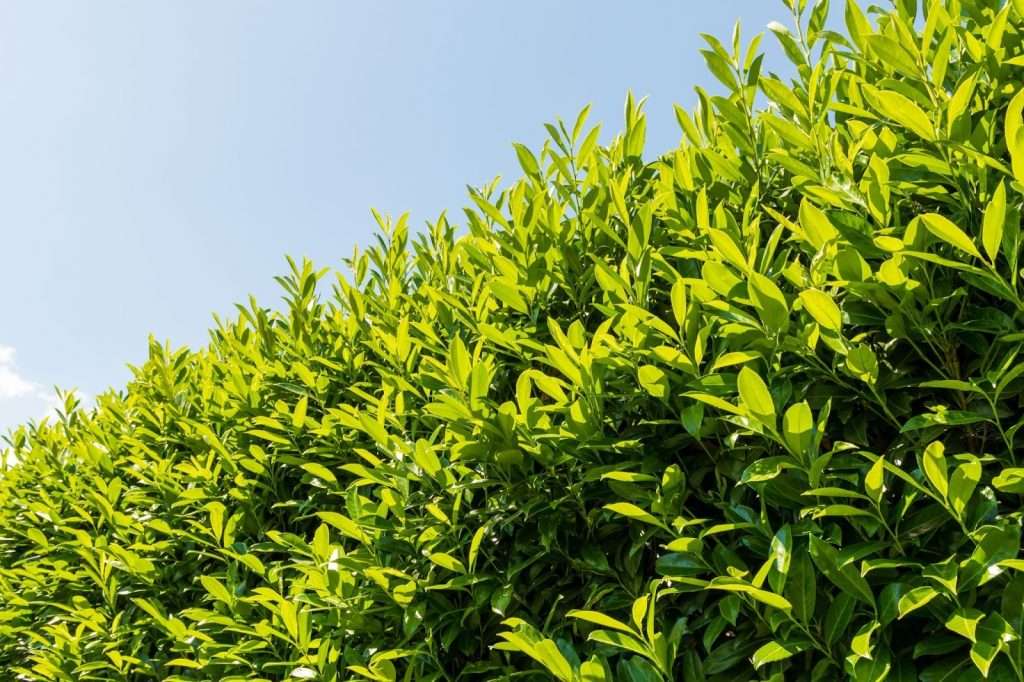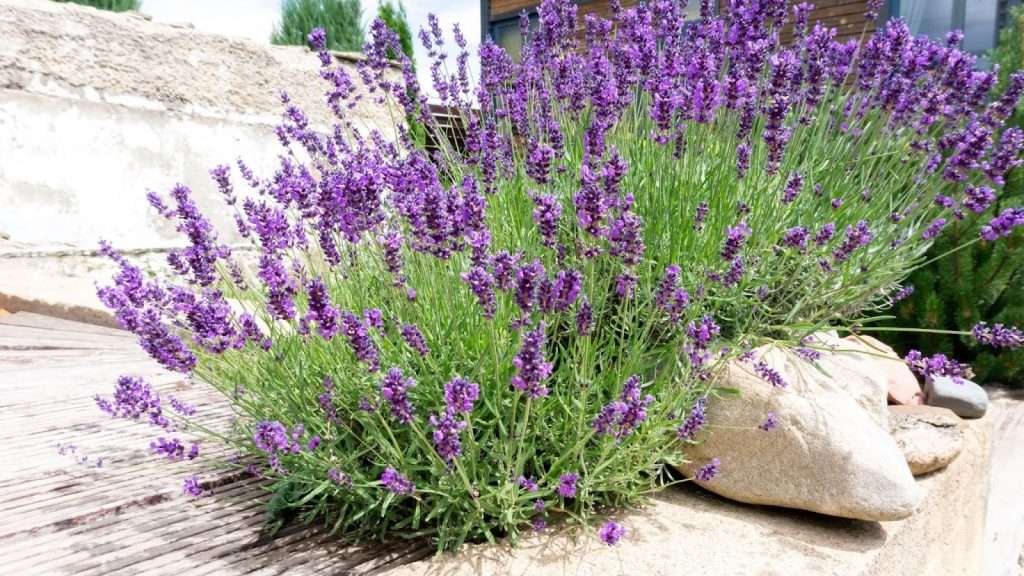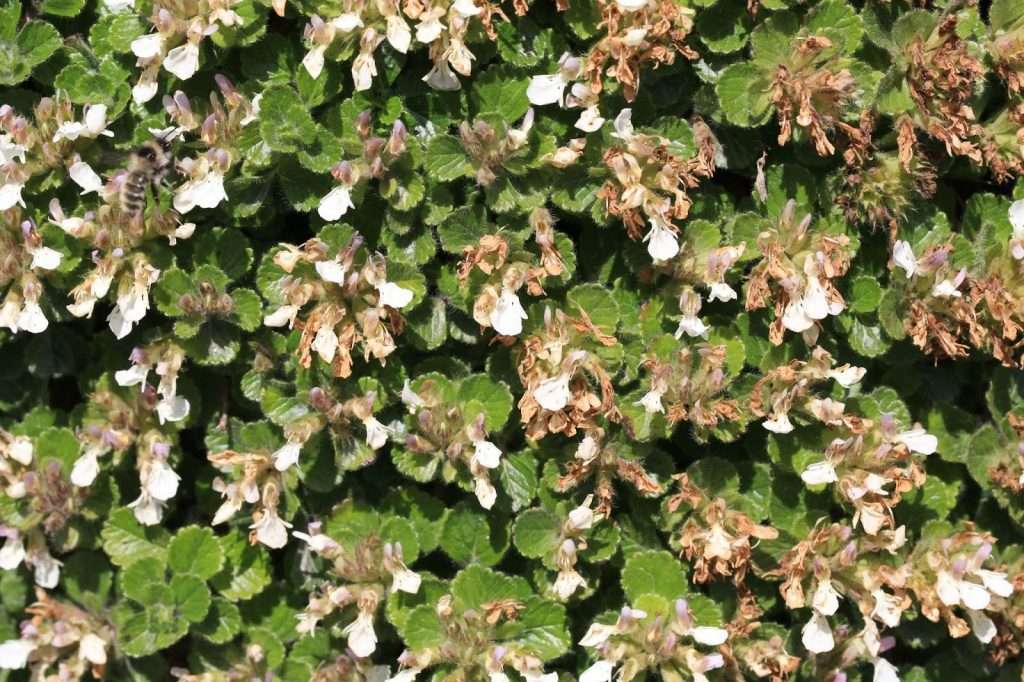Topiary is the art form of turning trees, plants, and shrubs into architectural delights that never go out of style. A clever and inventive way of adding interesting dimensions and structure to your garden, the topiary allows those of you with green fingers and an eye for design to be as creative as your heart desires.
Read More: How to Create Your Own Mediterranean Styled Garden at Home
Smart, uniform, and eye-catching traditional topiary comes in different shapes and sizes the most common of which include cone-shaped topiary, globe-shaped topiary, and spiral-shaped topiary, however you can truly be as inventive as you like, there are plenty of modern non-traditional trends coming out of the topiary world from lifelike animal shapes to inanimate objects such as a kettle or a train
The world of topiary is wide-ranging and the choice of trees, plants, and scrubs to pick from are no different, from traditional Boxwood to something more obscure like Germander. In this ultimate guide to topiary, Sutton manor will take you through the best plants to use with topiary, how to create the different shapes, and how to care for topiary keeping it healthy year-round.
Shop now: Topiary tree
The Best Topiary Plants
You can’t simply shear any old tree or plant into topiary, the geometric shapes are best suited to a select few, usually evergreen, trees, shrubs, and plants. Using evergreen trees means you can admire the topiary year round and they are usually hardy so they withstand lots of pruning. A topiary plant usually has small dense foliage to allow the gardener to be free and creative with their shaping without the worry they are doing too much damage to the plant.
There are various qualities to consider when choosing your plant for topiary, such as hardiness, branching pattern, growth rate, and how simple they are to grow and maintain. It may also be of interest to check whether they are frame compatible. Topiary frames help train the plant to reach a shape that is more desirable to the topiary vision you are trying to achieve.
Below is our selection of the best trees, plants, and shrubs to create a topiary with.
Read More: Plants can burn: Here are five ways to help them survive a UK heatwave

1. Boxwood
One of the most popular broadleaf evergreen shrubs used for topiary, Boxwood is ideal for crafting elegant and well-structured designs, perfect if you want to create a geometric design such as a cone or globe topiary. Often seen in big landscape projects and national parks or stately homes, topiary enthusiasts rave about the boxwoods’ flexible foliage that can be styled into numerous patterns and lines.
Boxwood topiary is famed for use in creating upscale-looking landscapes, often used for balancing entryways and hedging. Care requirements for this scrub include consistent moisture levels and well-drained soil. If you’re looking for small topiary plants then the boxwood comes in a dwarf variety too.

2. Yew Bush
The yew bush is an evergreen shrub that is considered slow-growing, next to boxwood it is one of the most popular plants for topiary due to its flexible foliage and minimal effort to care for. An excellent choice for privacy hedging or for ornamental purposes the yew bush doesn’t produce flowers, instead, they produce red berries named ‘arils’. It is important to note when considering yew bush for topiary purposes that there are some drawbacks, for example, the yew bush is considered toxic and shouldn’t be in gardens where children or pets roam freely.
There are two main types of yew bushes to consider – Japanese and English yews. These are the most popular but you can also find various hybrids that show off more distinctive qualities.

3. Japanese Holly Shrub
Closely resembling boxwood, Japanese holly shrubs may look similar however it has plenty of unique and distinctive features. An evergreen plant with broad leaves, the Japanese holly is an ideal choice for topiary due to its rounded form and dense bushy appearance. A great plant for animal topiary and geometric shapes the plant grows upright at a moderate rate.
A few other important characteristics about this plant to keep in mind are the branches are tight and neatly packed together, while the leaves are small and have a very fine texture. Considered to be a hardy plant falling into the hardiness zones 5 to 8, Japanese holly can tolerate shade and thrive in a variety of different soil.

4. Privet Shrub
The privet shrub is not only tough and hardy but also a very attractive slow-growing small shrub that makes a perfect choice for topiary. This broadleaf shrub is not evergreen however it tolerates and can thrive in highly polluted areas such as cities. Fast-growing and low maintenance the privet shrub can be shaped easily into various topiary styles.

5. Arborvitae Shrub
A versatile shrub, the different varieties of Arborvitae can be used to create a wide range of topiary. Depending on the desired shape of the topiary you want to create, arborvitae shrub is a reliable and easy to maintain choice, for example, the Thuja occidentalis and its cultivars are well suited to spiral and cone-shaped topiary due to their narrow triangular shape.

6. Rosemary Herb
Using a herb to create a topiary wouldn’t be many gardeners’ first choice, however, rosemary herb is a great selection to add to your topiary garden. Aside from the fact it’s a great culinary accompaniment, the herb can be grown into many interesting shapes. When we think of rosemary we think of small twigs like plants in small herb pots sat on kitchen windowsills, but the herb can actually grow very tall and wide-reaching up to 6ft.
Best suited to climates similar to its native Mediterranean, we recommend only trying this herb for topiary if you have a sunny garden, geographically this herb would do best in the southeast location where the UK gets the most sun.

7. Cherry Laurel Shrub
Cherry laurel is an interesting choice, while it’s not the easiest shrub to grow into topiary when you find the right cultivar it can make a great option. For example, the cultivar ‘Otto Luyken’ makes an excellent dwarf topiary.
Some drawbacks of this shrub, it only grows in hardiness zones 6 to 8, and it is not very flexible, so be careful when pruning.

8. Dwarf Alberta Spruce Tree
The ideal plant for cone and pyramid shapes, the dwarf Alberta spruce tree is an evergreen tree with a reduced height of 10-12 feet which makes it an excellent ornamental plant. Densely packed and slow-growing the dwarf Alberta spruce is low maintenance and vibrant.

9. Lavender
If you’re tight on space or you’re looking to create a small topiary garden, then the universally beloved lavender plant could be the perfect option. To do this you need to let the lavender grow to its fullest potential. A lovely added addition to the lavender topiary is the scent that attracts beautiful butterflies.

10. Germander
Germander is not a plant we would recommend for beginners in the topiary world, but for more advanced gardeners it offers a versatile plant with plenty of advantages. With a wealth of variety, germander can be used for various landscaping purposes An excellent choice is represented by tree germander. This native of Mediterranean regions has glossy aromatic leaves that can be easily shaped into fun shapes. It’s an evergreen shrub that can reach around 5 feet tall and wide.
Different Topiary Shapes

When it comes to topiary you can truly let your imagination run wild, creating as many interesting and unique shapes as your heart’s content. There are however some staple shapes to this ancient art form such as globe or ball topiary, cone topiary, spiral topiary, pyramid topiary, while more eclectic creations include animals, people, and inanimate objects.
Naturally, you are not confined to these types, as the main purpose of this therapeutic and creative hobby is expression, as long as you’re armed with the right plants, a pair of shears, and imagination you can create anything you want.
As most gardeners already know, gardening usually involves playing the long game – waiting for nature to take the course and bring your garden to life. Topiary really does offer instant gratification, in no time at all it is possible to turn a neglected shrub into a neat ball, box, or perhaps something a little grander.
Read More: Palm Tree Care: Your Essential Guide

1. Cone Topiary
The iconic cone-shaped topiary is a staple in British landscaping and is the most natural-looking of all the traditional topiary shapes. Easy to maintain and prune cone shape topiary fits seamlessly into most plants’ natural growth.
Plants that are well suited to cone topiary are slow-growing, with dense small leaves, and usually evergreen. For example, Arborvitae shrubs are a great choice for cone topiary.
Most topiary shrubs can be slow-growing, usually taking around three years to grow to maturity. If your looking for a quick fix try using ivy plants that are fast-growing around frames.
Shop now: Cone topiary

2. Globe Topiary
Ideal for container gardening, globe or ball topiary is very popular in gardens big and small across the UK.
Globe topiary as its name suggests is perfectly shaped like a ball, usually with the help of a globe frame. For optimal success use a plant that is quick growing with full foliage covering the ball completely. For example, the yew bush makes is an excellent choice for ball topiary.
Once the foliage is matured enough, you can start pruning and give it a precise shape.
Shop now: Globe topiary

3. Spiral Topiary
Although it may look daunting, spiral topiary is actually fairly easy to create and maintain even for beginners. Whether you want your spiral design in a container or pot in the ground this type of topiary adds a wonderful sense of whimsy while remaining classic and elegant.
Best suited to evergreen trees and shrubs like the Alberta spruce because of their sturdy trunks and vibrant green foliage that lasts year-round.
Shop now: Spiral Topiary

4. Animal Topiary
If you’re feeling adventurous or just extra whimsical then creating unique animal-shaped topiary adds an eye-catching addition to landsca[pes and gardens.
We would recommend the boxwood shrub for this particular type of topiary due to its flexibility, compact growth, and dense foliage which create lush topiary that is full of life and vibrancy
Using a wireframe to create an animal topiary requires less work and faster results, and is ideal for trying this particular type of topiary for the first time.
Shop now: Stem topiary
Top Tips for Maintaining Topiary
Location
It is important with any plant to get the location right for optimal growth and health. While you may just want to position your topiary where you will be able to appreciate, make sure to check the normal health and maintenance requirements of the tree or shrub being used, especially its location and hardiness specifications.
Check to see whether the plant being used is suitable to be placed in containers or whether it thrives better potted in the ground. Ideally, all topiary plants should be planted in well-drained soil, with either full sun or partial shade.
Watering
As with most plants, correct watering is essential to topiary plants’ health, so we recommend watering your topiary often especially in the hotter months. Because topiary plants are dense and often spread out wider than their stem or trunk, rainwater often fails to reach the base, so it is important to water topiary directly at the base.
Be mindful that pot-bound topiary can quickly run out of minerals and nutrients and dry out, so we would also recommend you water this topiary slightly more often than the topiary planted straight in the garden.
Keep an eye on the moisture level in the pot, ensure good drainage, and only water if there is a shortage during the winter months.
Once the plants have become established after the first two years they will require far less watering.
Feeding
For potted topiary feeding is essential to maintain healthy growth the nutrition available from the compost is quickly depleted, therefore a fertilizer will be necessary. The most convenient method is to use slow-release fertilizer granules as they can be applied infrequently, depending on their life span.
You can tell if your plant is suffering from a lack of nutrients because it will grow very slowly and the leaves will become coppery and weak. Ensure that proper growing conditions are restored and you can rejuvenate your plant in a few weeks.
Pruning
Topiary doesn’t require as much pruning as one might think to keep them looking great and in shape. Both pot-grown and garden-grown topiary should be pruned annually in early or late summer, as this is when your plant will recover the quickest, however, some faster-growing topiary species may require a second trim. Always consider the growth rate of your chosen topiary species before purchasing to ensure you can manage the upkeep.
Topiaries appreciate good air circulation; if you feel like the foliage becomes too thick it may be a good idea to thin out the growth, removing some of the longer branches, allowing more light and air into the body of the plant.
If you enjoyed this piece, why not take a look at our guide to Olive Tree Care here.








Recent Comments